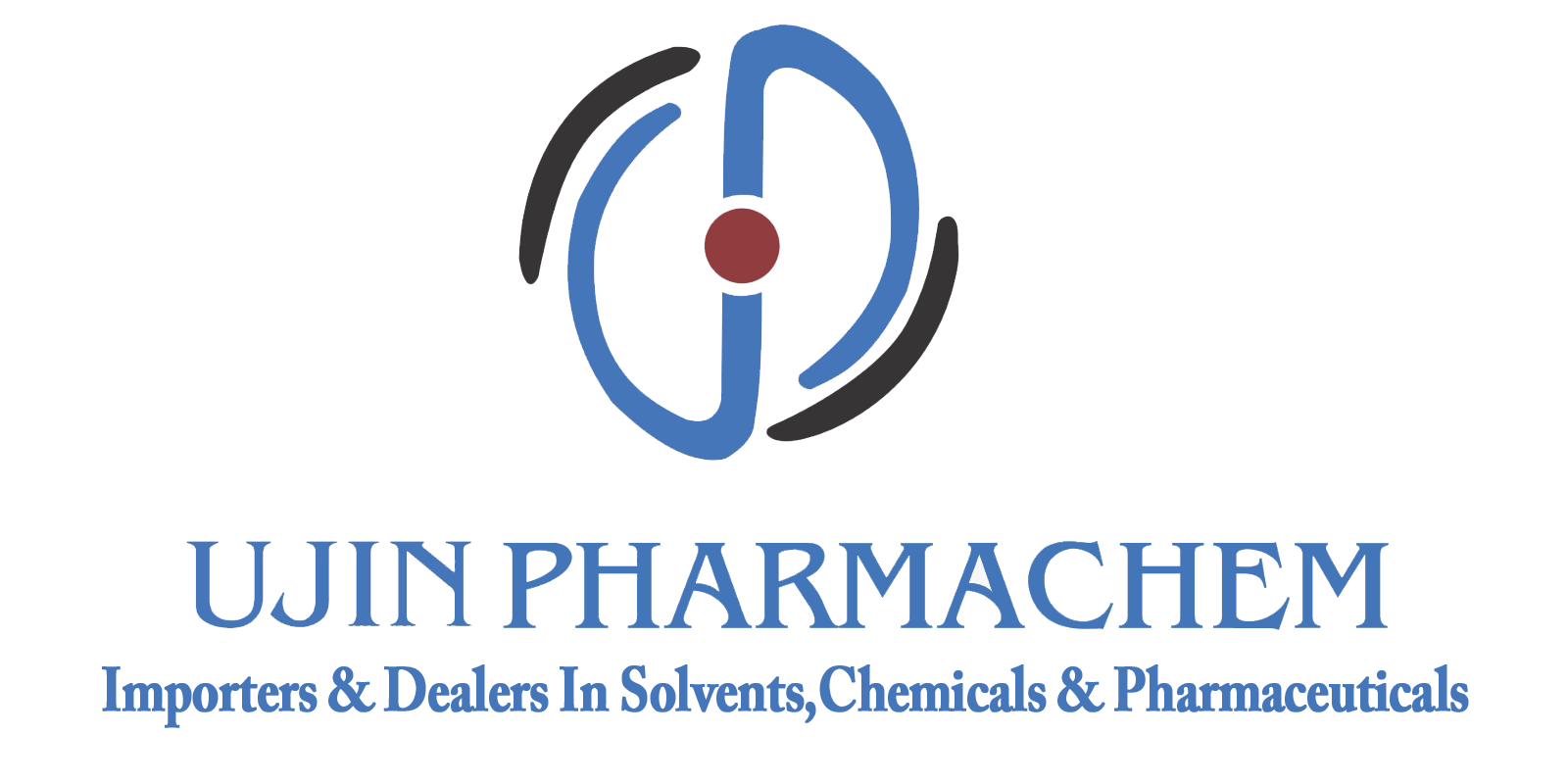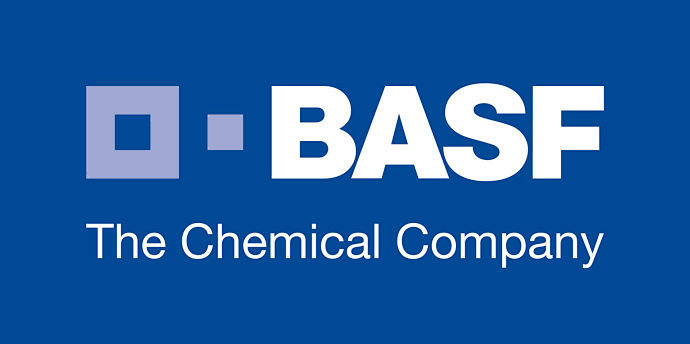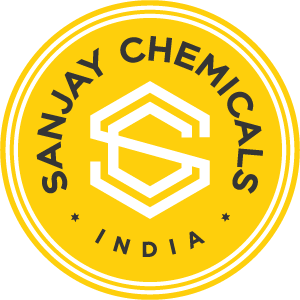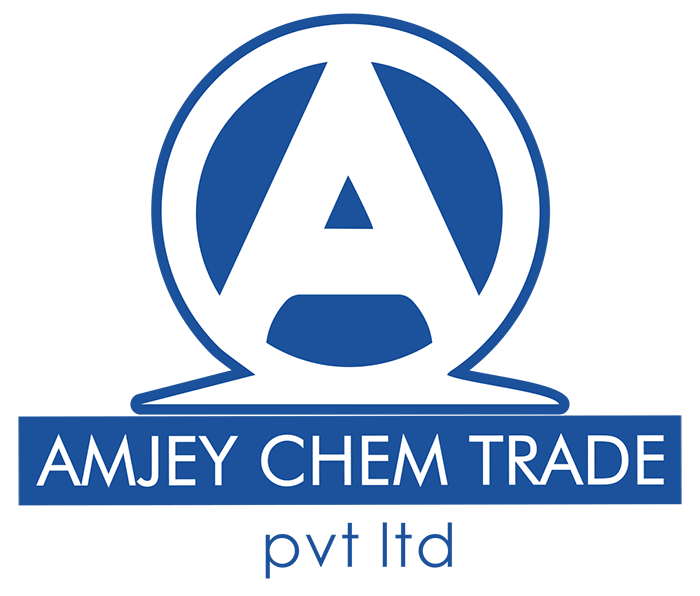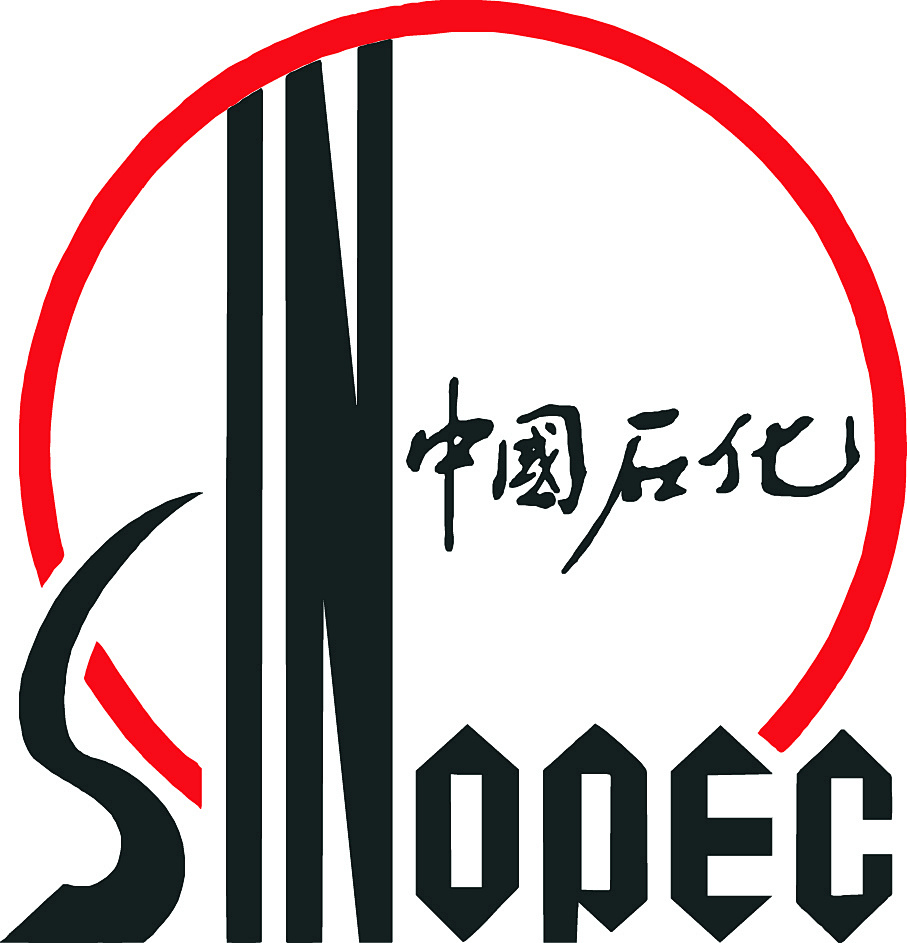GHS Label elements, including precautionary statements
Precautionary statements
P501 Dispose of contents/container to..…
P405 Store locked up.
P403+P235 Store in a well-ventilated place. Keep cool.
P403+P233 Store in a well-ventilated place. Keep container tightly closed.
P370+P378 In case of fire: Use … for extinction.
P311 Call a POISON CENTER or doctor/physician.
P307+P311 IF exposed: call a POISON CENTER or doctor/physician.
P305+P351+P338 IF IN EYES: Rinse cautiously with water for several minutes. Remove contact lenses, if present and easy to do. Continuerinsing.
P303+P361+P353 IF ON SKIN (or hair): Remove/Take off Immediately all contaminated clothing. Rinse SKIN with water/shower.
P301+P310 IF SWALLOWED: Immediately call a POISON CENTER or doctor/physician.
P280 Wear protective gloves/protective clothing/eye protection/face protection.
P271 Use only outdoors or in a well-ventilated area.
P270 Do not eat, drink or smoke when using this product.
P264 Wash skin thouroughly after handling.
P264 Wash hands thoroughly after handling.
P261 Avoid breathing dust/fume/gas/mist/vapours/spray.
P260 Do not breathe dust/fume/gas/mist/vapours/spray.
P240 Ground/bond container and receiving equipment.
P233 Keep container tightly closed.
P210 Keep away from heat/sparks/open flames/hot surfaces. — No smoking.
Hazard statements
H370 Causes damage to organs
H336 May cause drowsiness or dizziness
H320 Causes eye irritation
H319 Causes serious eye irritation
H225 Highly Flammable liquid and vapour
![]() +086 1911-7288-062 [ CN ]
+086 1911-7288-062 [ CN ]































































































